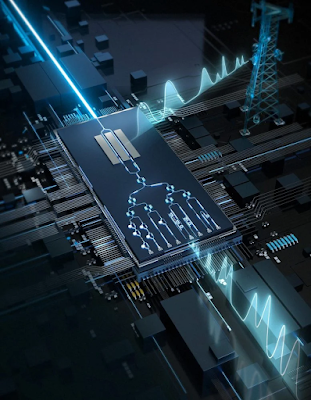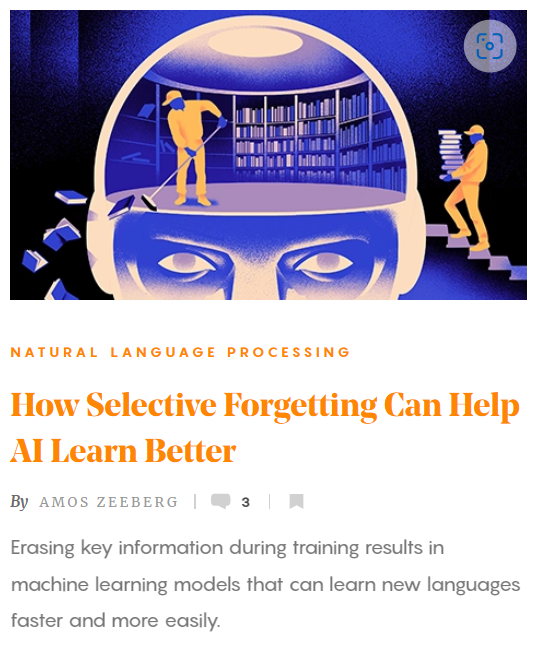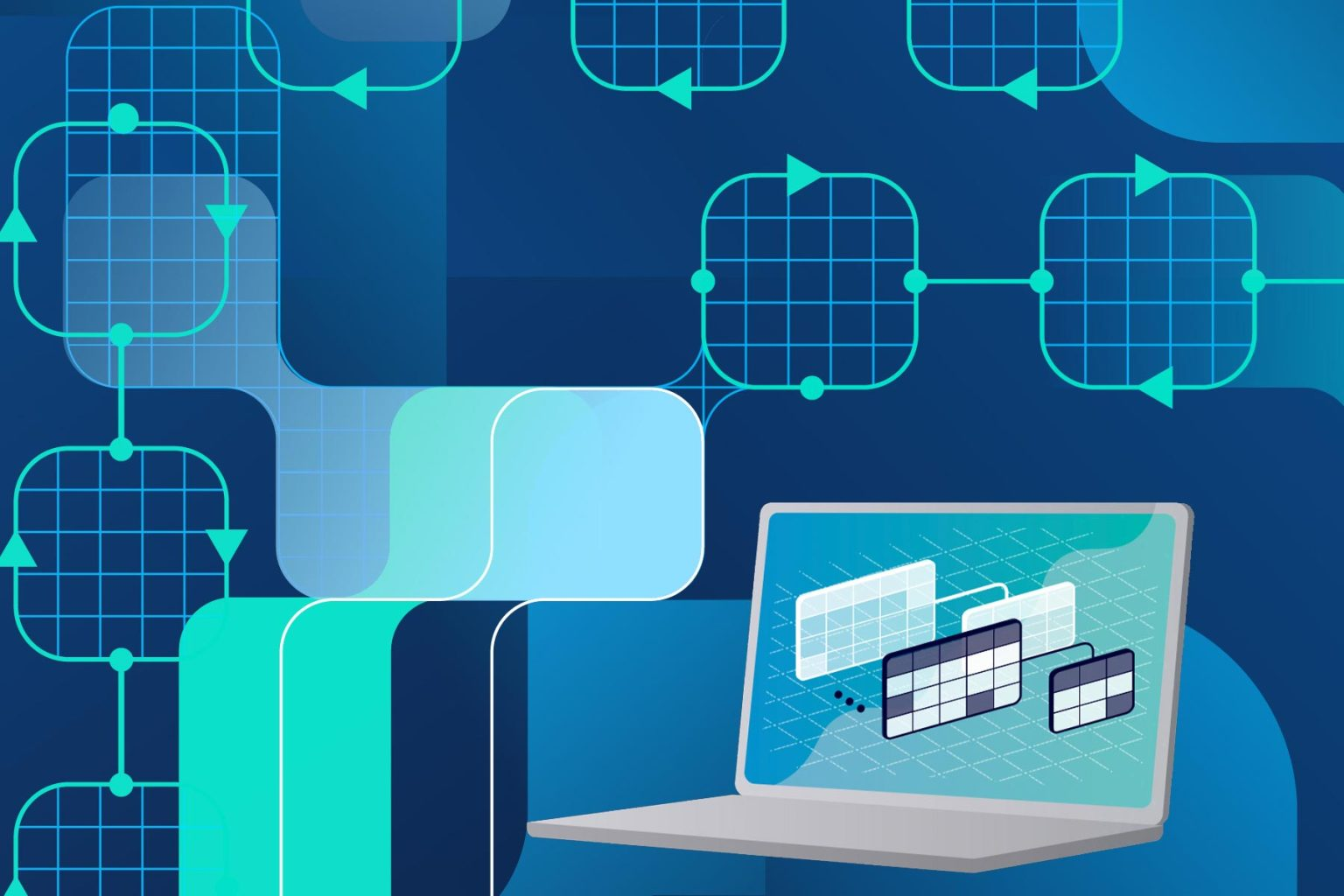In the newest models, the AGI (Artificial General Intelligence) is the center of the AI. Even in the most futuristic models, it's the link between lower-level AI:s and the ASI (Artificial superintelligence) and singularity and transcendence AI systems that use AGI to create lower-level AI:s. In some versions, the self-awaring AI, and AGI are separated from each other. But in automatic systems, those self-aware systems and AGI are synbiotic entirety. The domains are pre-made building blocks that make it possible. That the AI can have unlimited expandability. It learns by connecting new databases or domains in it.
If we think that the consolidated account systems are the models for the AGI. The next step below the AGI to the executing level is reasoning machines. Those machines are the main domains that are made for certain situations. The reasoning machine is a domain that involves orders and authority to respond to actions like conflicts. The subdomains or domain-specific expertise machines are controlling tools that can respond to the crisis. The domain can be helicopters, ground vehicles, etc.
The Self-aware machine notices the threat or something that the system must react to. And then give orders to the AGI to create the lower-level AI or give orders to lower-level and limited AIs that control the more specific and smaller parts of the system. In this hierarchy, the singularity and ASI (Artificial superintelligence) are top of the system. The AGI involves language models, that the system requires for making the algorithms that can respond to the system.
Neural network-based solutions are the ultimate tools.
(The image above) The AGI (Artificial General Intelligence) data structure can look like the consolidated account. Each account is a specific, independent domain that controls the subdomains.
When the focus turns smaller the accuracy rises. And the system requires another type of code. At the final level, the system must control the robots or interface that controls individual computers or other devices. That is connected to the domain.
The domain-specific network architecture means that when data comes from the below to upper level, the domain makes an analysis and tries to solve the problem alone. When there is no answer at a certain time the domain calls help. The benefit of neural network-based solutions is that the system can share its resources to multiple places. And it can transfer operations between networked domains.
If a domain cannot respond to the situation, it calls for more force from another domain. In the cases that the request crosses the domain limits. The upper-class domain accepts or denies access. That means that if there is a problem, the problem will not escalate to the entire system. And that leaves the resources for other types of actions.
Stage 1 – Rule-Based Systems
Stage 2 – Context Awareness and Retention
Stage 3 – Domain-Specific Expertise
Stage 4 – Reasoning Machines
Stage 5 – Self-Aware Systems / Artificial General Intelligence (AGI)
Stage 6 – Artificial SuperIntelligence (ASI)
Stage 7 – Singularity and Transcendence
Source: (Technology magazine, The evolution of AI: Seven stages leading to a smarter world)
The domain-based systems are tools that involve language models for control of the systems in the domain. The system can look like the consolidated account structure. The AGI is the mainframe for the sublevels. Those sublevels involve more limited but accurate algorithms. That's why the AGI. Its subsystems are like consolidated account structures.
The interaction is the tool that makes the AGI so powerful. The system involves multiple different data structures. That working under sorted domains. We can say that this type of AI can involve AGIs:s that are becoming more accurate but limited. When AGI gets some orders, it will transfer those orders to a domain responsible for that kind of situation.
In that kind of system, the code is easier to control. The AGI can use pre-made domains for making responses for the orders. And the interaction means that if the AGI is damaged the subdomains will fix it again. When the AGI commands things like robots through the domain-specific systems it also collects information on how effective the response was. And that helps the system develop itself.
https://technologymagazine.com/ai-and-machine-learning/evolution-ai-seven-stages-leading-smarter-world
Image 1)
Created by AI
Image 2)
https://docs.aws.amazon.com/architecture-diagrams/latest/modern-data-analytics-on-aws/modern-data-analytics-on-aws.html



















